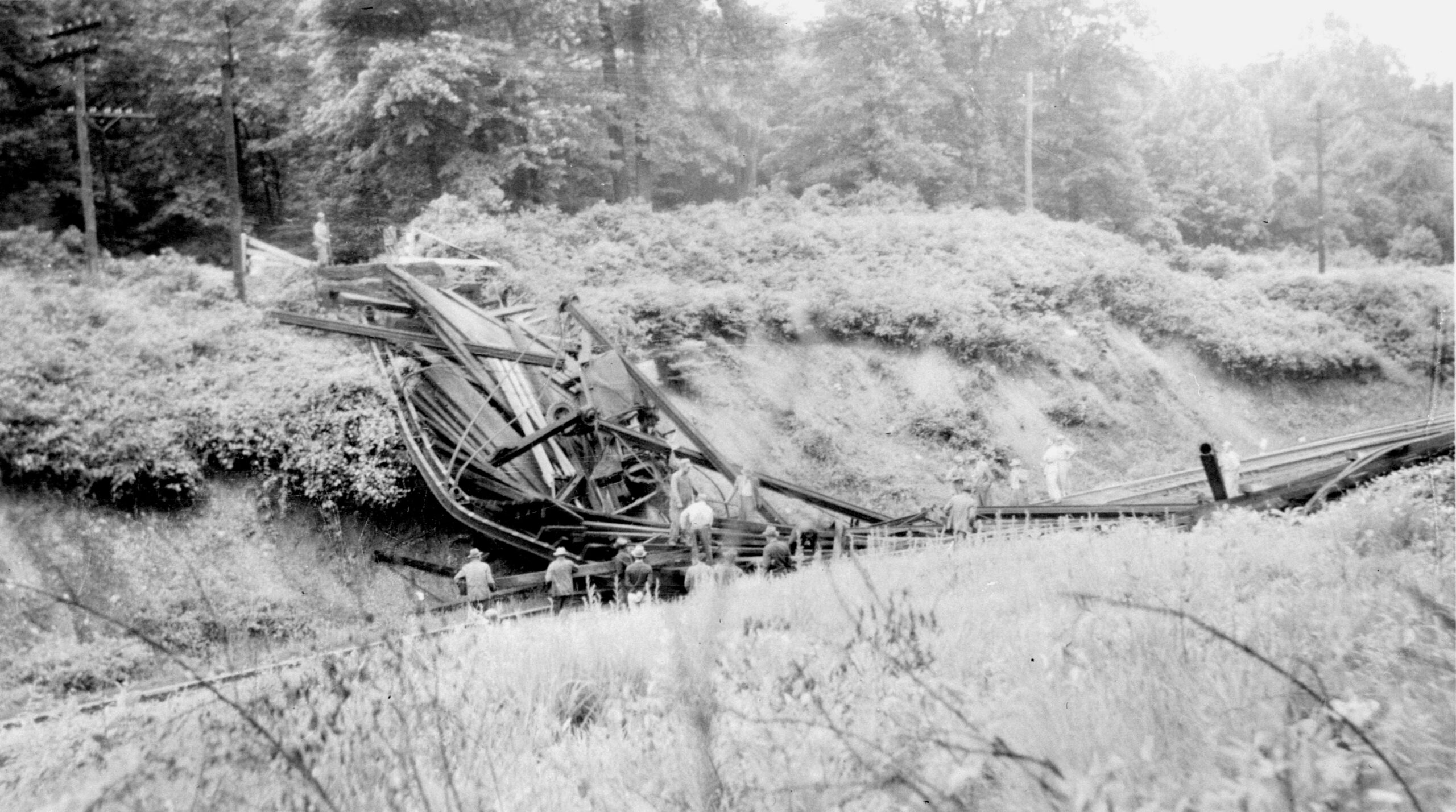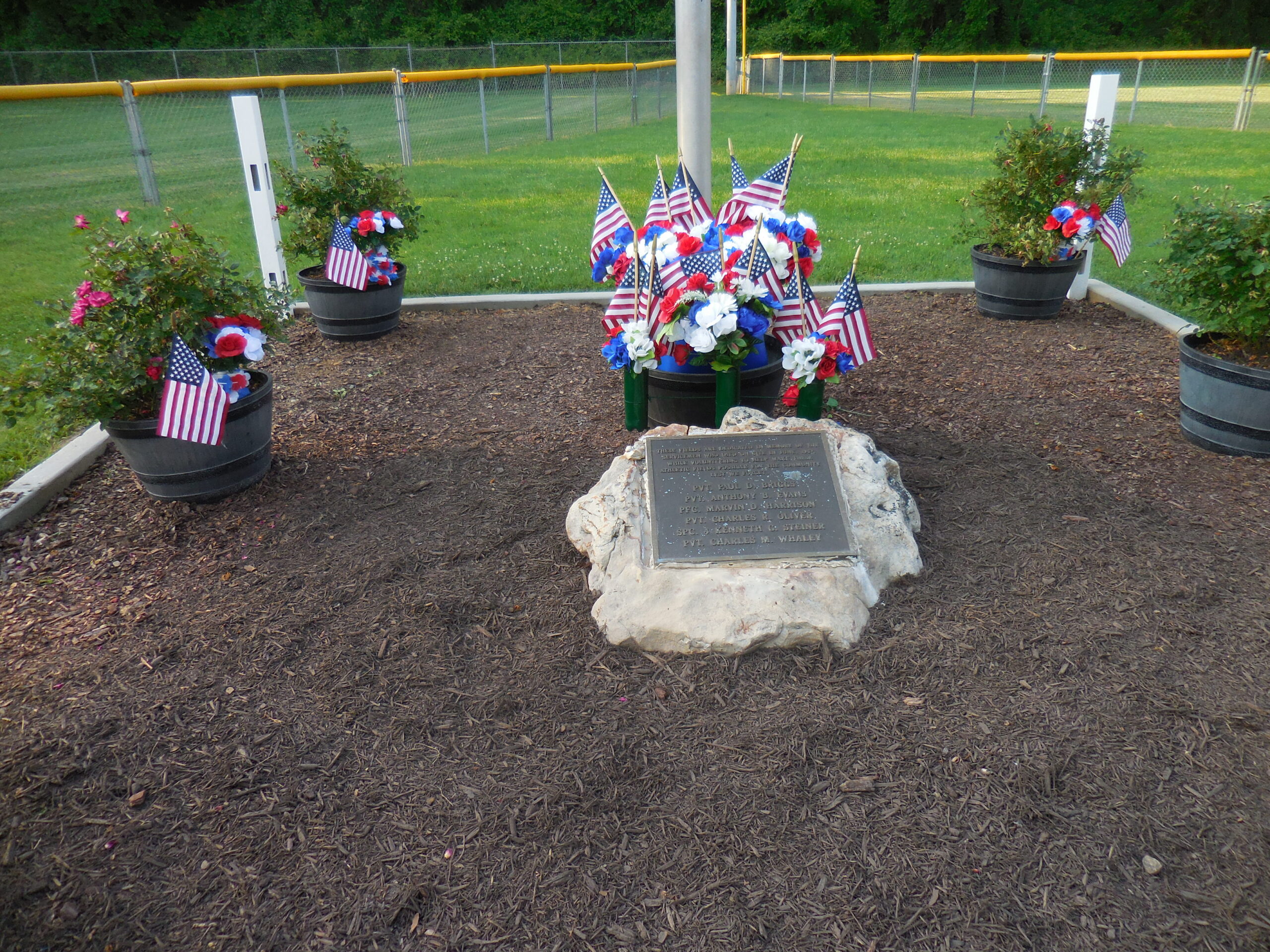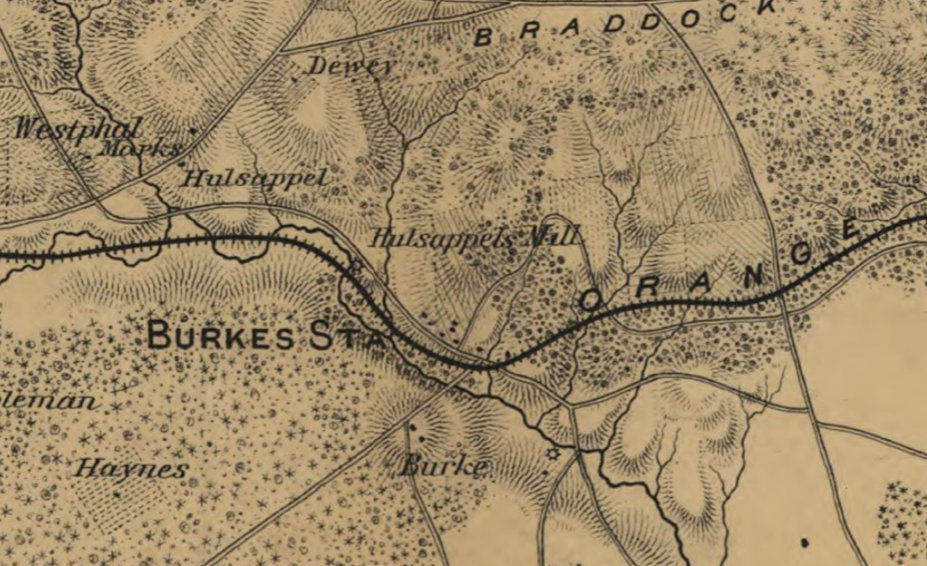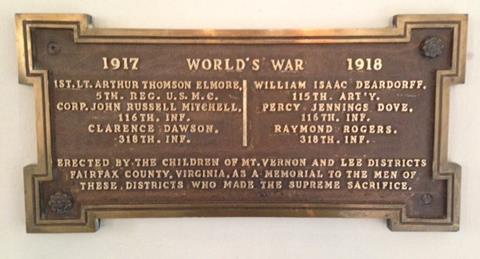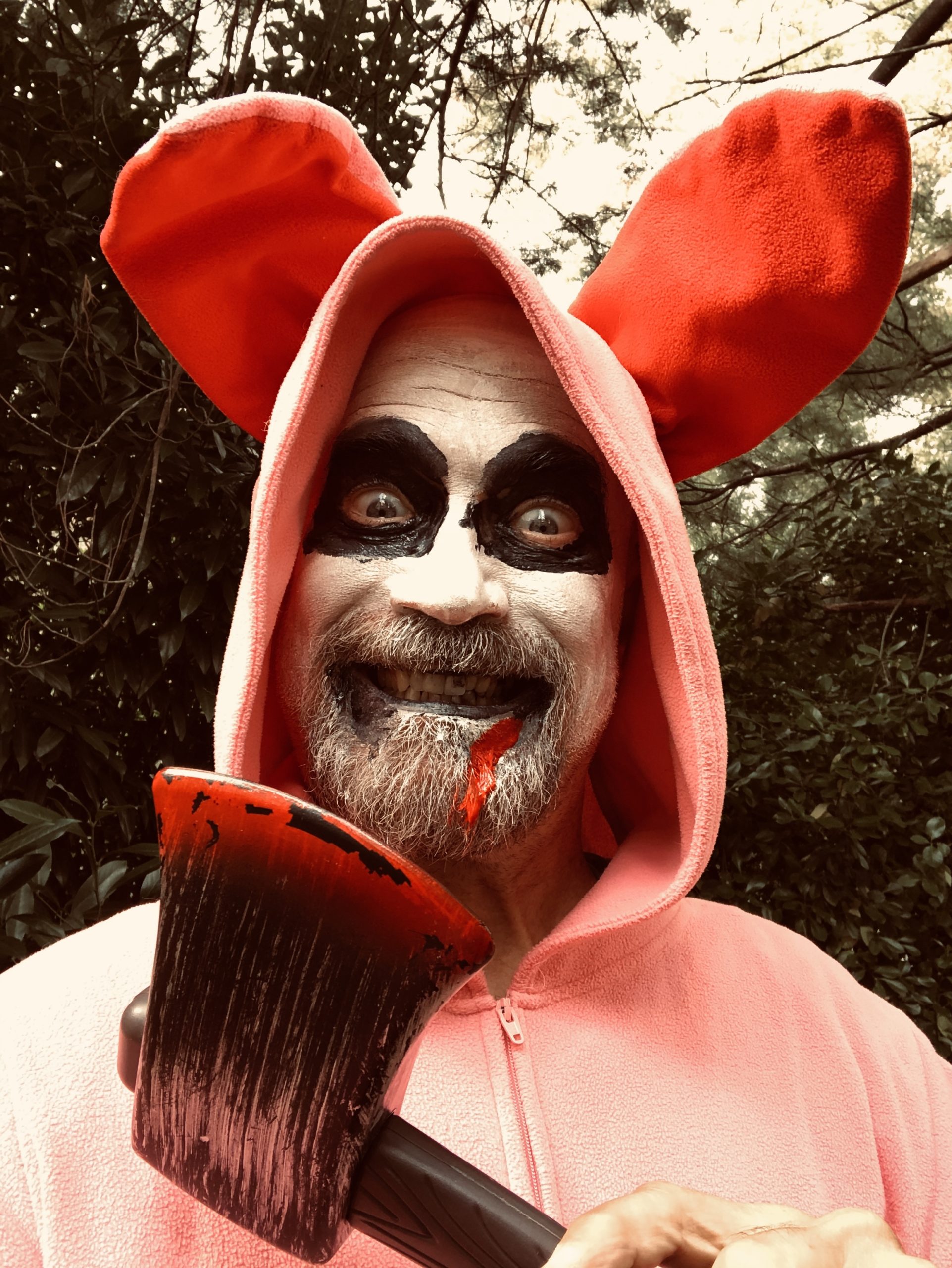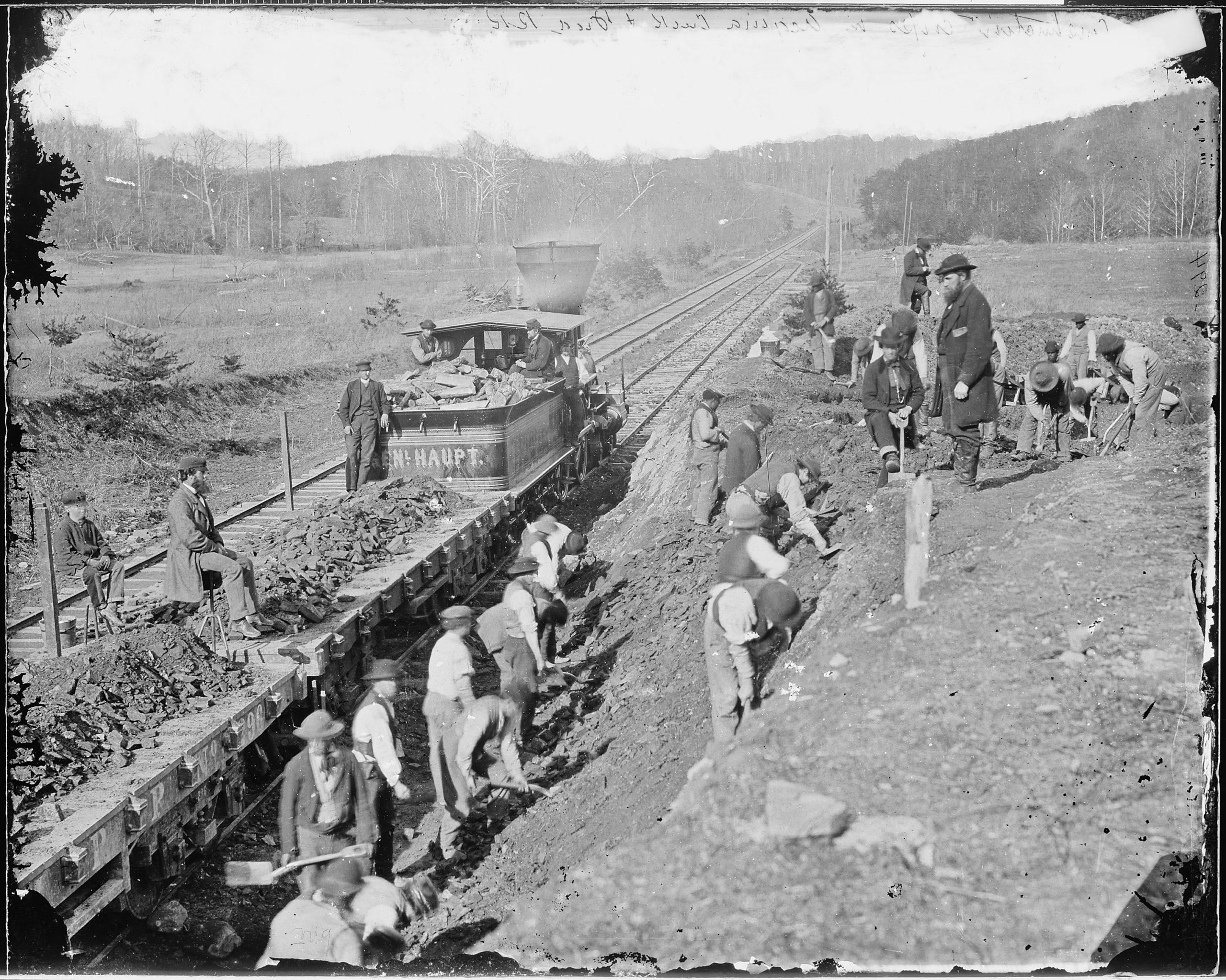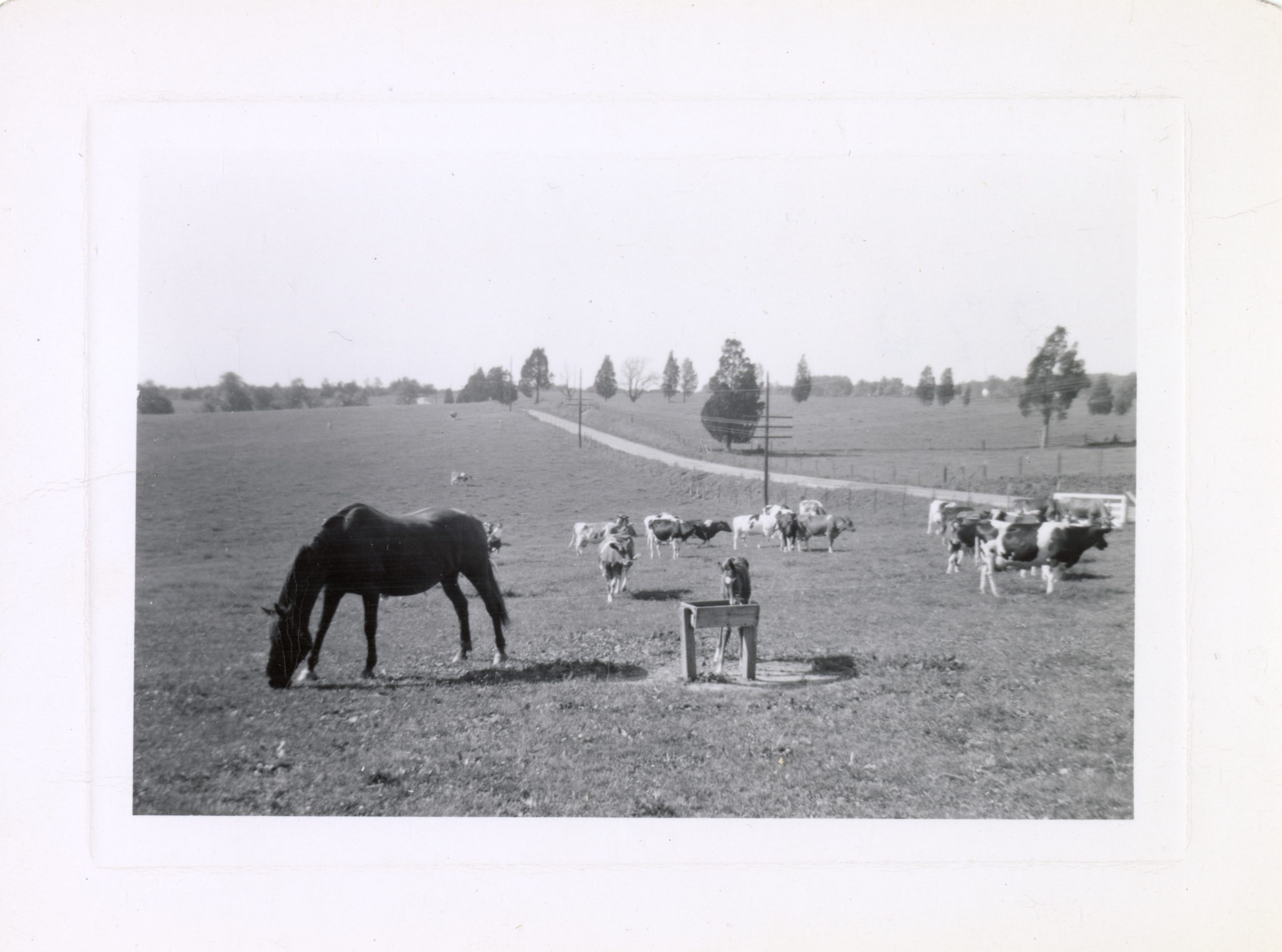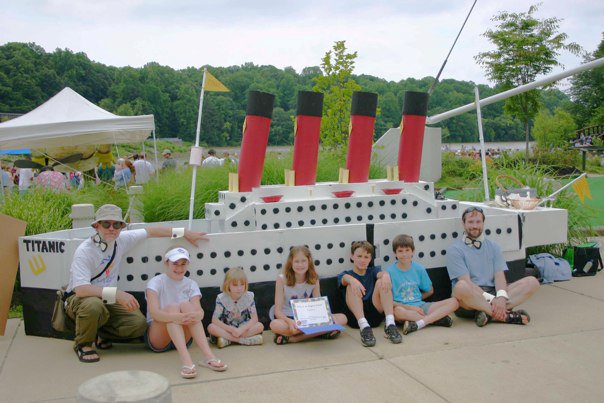Fort Belvoir Convoy Bridge Accident
By Mary Lipsey and Debi DeLoose. In the late 1800’s an iron truss bridge was built to carry traffic on Ox Road (123) across the Southern Railway tracks and right-of-way near Fairfax Station. Early in the morning of June 4,…
